|
So you found an amazing fleece at a wool auction or fibre festival, awesome! Sometimes processing a fleece can be daunting but it doesn't have to be. It is very rewarding to work a project from start to finish. Some times your fibre can be pretty rank when it's full of - sweat, lanolin, manure, dirt and vegetable matter. The first thing you should think about doing is washing your fibre. In this tutorial, I will show you how I wash my fleeces.  To start, gather all your necessities: - Thermometer - Laundry Bag - Wool Wash - Fibre Spinner (aka salad spinner) - Raw Wool - Sink/bath tub/basin  The fibre I am washing is from a Babydoll Southdown sheep. If you can see a fair bit of vegetable matter (VM) in your fleece, give it a shake outside to get rid of as much of it as you can. For wool wash, you will want something specific to your needs. Dawn works great because it cuts through grease and it is easy to find and fairly inexpensive. I use Pour Scour because it works amazingly well and it is made especially for dirty, raw fibre and washing is a breeze. Laundry bags help keep your fleece together while still letting the water and wool wash flow through your fibres. You can find these bags at the dollar store and they come in many sizes. They also make it easier when you are lifting your fleece out of the water, you can grab the bag and not handle the fleece as much. Washing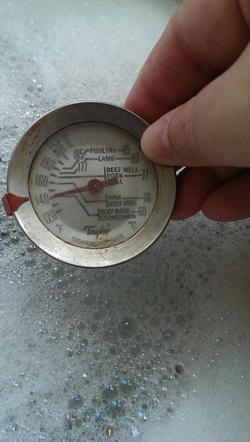 For your first wash, fill your sink or basin with very hot water. Ideally, to melt lanolin and other waxes you will want you water between 140 - 160F (60 - 70C). This is where your thermometer will come in handy. Add your wool wash. Follow the instructions for your particular wool wash. Power Scour suggests 5% of your fibre weight should be added to the initial bath. You will want your sink filled with enough water that your fleece will be covered and have room to float freely. Since my sample is small, I will be using the strainer that comes with my spinner which makes it super easy to lift out of the water and drain. Place your laundry bag (or strainer) in the water and let it sink on its own. Try to handle your fleece (especially when wet) as little as possible. Felting occurs when you mix heat, soap and agitation, so be careful.  Let your fibre soak for about 20 minutes. You don't want the water to cool down too much between washes and you don't want to shock your fibres with dramatically different temperatures. Lift out your laundry bag or basket and let gravity help the water flow out. I gave mine a spin to get rid of as much as I could without squeezing the fibre. For my second bath, I want to use the same temperature water as I did in my first wash. 140 - 160F but this time slightly less soap (3% instead of 5%) I got my second bath ready just before my first bath was finished. Put your fibre in your new water and let it sink down. Wait for another 20 or so minutes. This time lets the wool wash do its magic, reducing tangles, cleaning your fibre and dissolving any solid matter like lanolin and other gunk that gets caught in the locks. 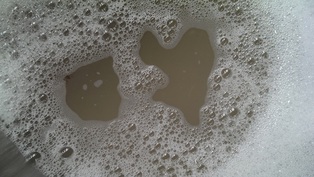 Lift your fibre out of the water after its soak. You will see that your water is less dirty than your first wash. Excellent! Two washes is usually enough. We will be rinsing next and once you spin your yarn, you will be washing your skein and after you knit your project you will likely be washing your fibre again to block. Much of the VM will come out during the combing stage too. Two washes is usually enough but use your best judgement. Rinsing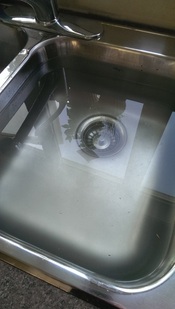 Let your fibre soak for 15 minutes or so and lift it out of the water. Rinse as many times as needed until your water is clear. As you can see this water is pretty clean. Perfect, looks like a good job! Lift out your rinsed fibre and give it a spin. Now you are ready to let it dry.  If you can do this outdoors your drying time will be cut in half. I rigged up a little drying rack using a laundry bag and some dowels in a frame that I set over my bathtub. I have since found a couple decent sized screens that work perfectly. Use what you have on hand. Open up your fleece as best as you can without handling the locks too much. Once your fleece is dry you are ready to comb, or card your fibre to prepare it for the yarn and project you have in mind. If you are washing a whole fleece at once, I suggest using your bath tub or a basin large enough to cover your wool. If you find it more manageable to section your fibre off and wash your fleece in small batches then that's perfectly fine too. Whatever is easiest for you and works with what you have in your home is the best option. If you aren't going to process your fleece soon after washing, store it in a plastic bag, and keep it in a cool, safe place away from pets and other curious critters. Hope you enjoyed this tutorial. This is the way I wash all my fleeces. If you have any questions just let me know. Maybe you have a tip or a hint that you use that makes washing your fleeces better, share it with me and I will add it to the notes with your name.
16 Comments
Susie
4/17/2015 05:47:12 am
Glad you liked it Maureen :) You never know, one day maybe a fleece will follow you home lol
Reply
marthaeliza
8/5/2014 03:21:05 am
I like to do an overnight soak in cold water and dawn before I start washing in hot water. This gives a head start on cleaning out the dirt.
Reply
Susie
4/17/2015 05:48:16 am
Excellent tip! I'm going to give this a try
Reply
Michele
8/5/2014 06:29:32 am
Hi Susie, Thanks for the tutorial. I've washed two of my three fleeces so far this summer and I love the process.I've been doing mine outside, in a big canner with a lid. I might do the next one in my laundry sink. I see you don't worry about the grease eventually clogging the pipes. I'd rather not schlep the hot water outside. Maybe I'll save that for any particularly greasy fleeces. I've been using Power Scour, and I bought some Dawn for when I run out. I'm curious to see if I see a difference.
Reply
Susie
4/17/2015 05:51:03 am
Being able to do this outside is a great help. Fleeces dry SO much faster. I recall a blog post by the Yarn Harlot about her drying a fleece outside and catching a squirrel stealing her wool haha. I need to buy a new basin for outside to wash my fleeces. Have you noticed a difference between the 2 soaps? I find Dawn bubbles up a lot more than the Power Scour
Reply
Annalisa
11/17/2014 06:35:55 am
Thanks for this tutorial. I'm a newby and right now I'm in the middle of washing my first fleece. I've washed it probably about eight times, being careful not to agitate or handle too much, and I am still not satisfied with it's cleanliness. Some locks are still dark on this white fleece, and the bath tub still has grit in it when I drain it. After reading your post I wonder if I'm just not getting the water hot enough. I haven't measured the temp, but I know that the hot water heater in our building is set lower than the temps you give. Should I just cut my losses and move on? Perhaps the bit of color still in the locks will not matter once it is carded. But will that extra lanolin make it harder to card or spin?
Reply
Hi Annalisa - I know some fleeces can be extra dirty but don't forget that once you flick the fibre, (or comb) a lot of the dirt and VM comes right out. Also after you spin your yarn you will give it another wash to set the twist. The hotter water will just melt the lanolin, I don't think it will do much more for the dirt. Maybe it would help washing your fleece in small batches so the locks can really open up in the water. Which wool wash are you using and how long are you letting the fibre soak for? Also if you want a hotter water (because I am in the same boat as you with the water temp) I boiled some water in the kettle and added it to my bath to get the water up to the temp I was looking for. Which breed of sheep are you processing?
Reply
Annalisa
11/18/2014 04:32:13 am
Thank you Susie, I believe it's a coopworth, and was rather clean to begin with, so I've been surprised at how much dirt seemed to be left in the water after every wash. It's probably a good idea, as you say, to wash it in smaller batches to allow the locks to open up, though it is a small fleece, just 4.25 lbs and I've been doing it in the bath tub. I did try adding four pots of boiling water to the tub which brought the temperature from 110 to 130, but I'm not sure I could notice a difference in the fleece after that, however the water was clear. I've been using Dawn dish soap and leaving it to soak for a while (30 - 60 minutes, because everybody needs mama). At this point, I'm planning to move on to carding. Do you have any recommendations of good resources for tools or instruction for taking the wool from here to yarn?
Susie
11/20/2014 02:16:54 am
If you are getting clear water then you are good. Dawn is a great soap to use and gets out grease very well. Coopworth doesn't have a high lanolin content so you shouldn't have to worry about temp too much. I also think you are ready to move onto the carding. I quite like the cards that have a bit of a curve in them but the flat ones work just as well. As for tools, I find anything by Schacht is good and also Strauch products are also some of my favs. But you know, you can find carders for decent prices in lots of places. If you have a local guild, you can probably even borrow or rent some of theirs. Here is a good link that has videos as well to explain carding http://joyofhandspinning.com/how-to-prepare-fiber-with-hand-carders/. and even faster if you can find a drum carder!
Reply
Janet
5/19/2015 05:33:33 am
I'm going to try wash my fleeces this year. Well, I'll start with one and see how it goes - then I'll decide about the other 13! Where do you buy the power scour from? or do you sell some?
Reply
leslie
10/19/2015 01:47:57 pm
Does your sink gets stopped up because of the lanolin and grease coming out in the rinse water? I rent an apartment in NYC and I am concerned about that so I am going to remove the fleece and let the hot dirty water sit until the next day when I assume I can skim off the lanolin? Not sure but that's what I am going to try.
Reply
You're right Leslie, if you wash too many fleeces in your sink, you can cause issues with your plumbing. I usually do small bathes inside and when the weather is nice, I try to do as much as I can outside. I have a basin I put outside to do the soaking and dump the water in the yard. There are lots of different methods :)
Reply
Leave a Reply. |
Follow Me:PatternsCategories
All
Archives
August 2023
|



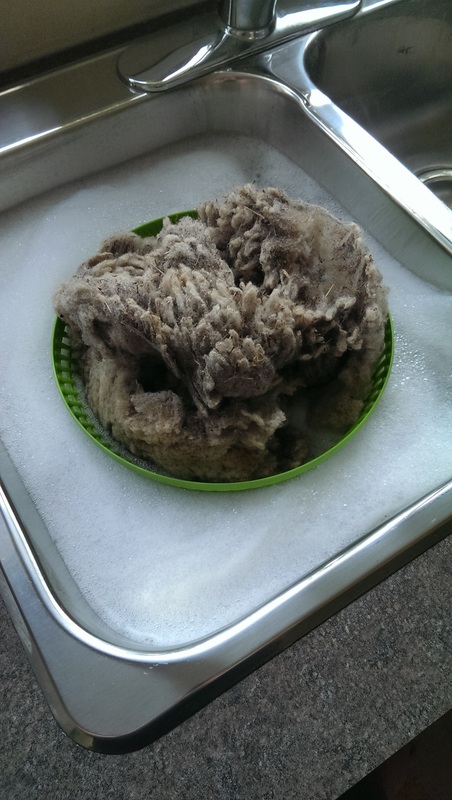

















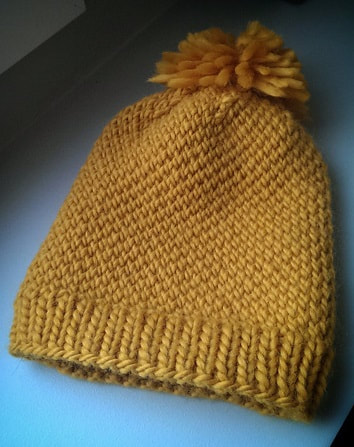

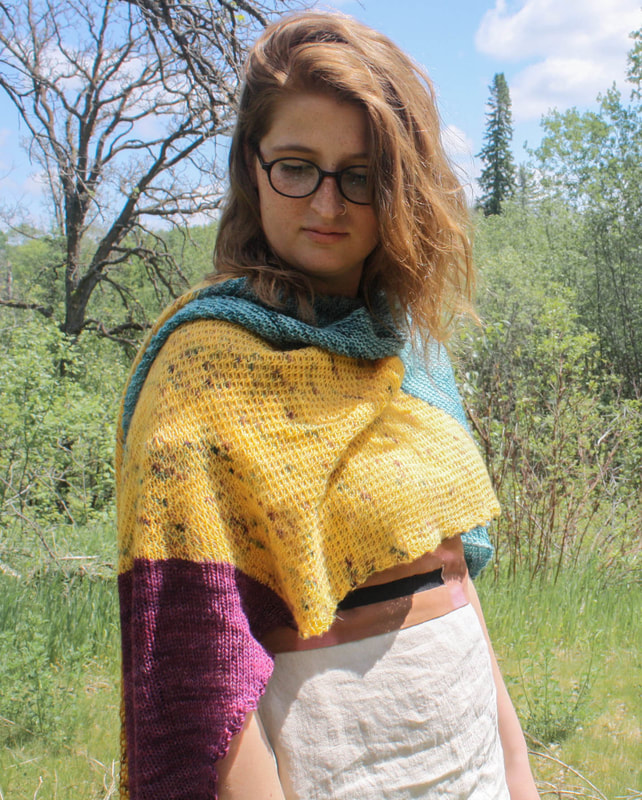
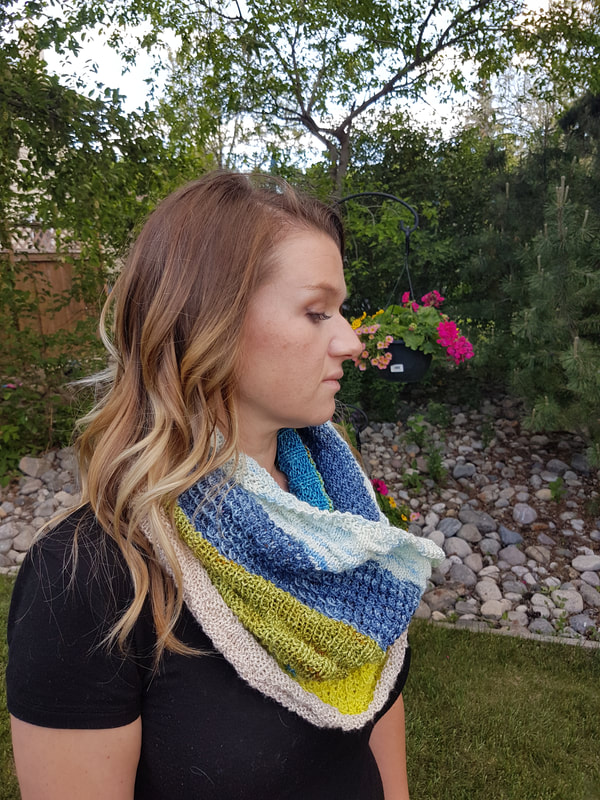







 RSS Feed
RSS Feed
